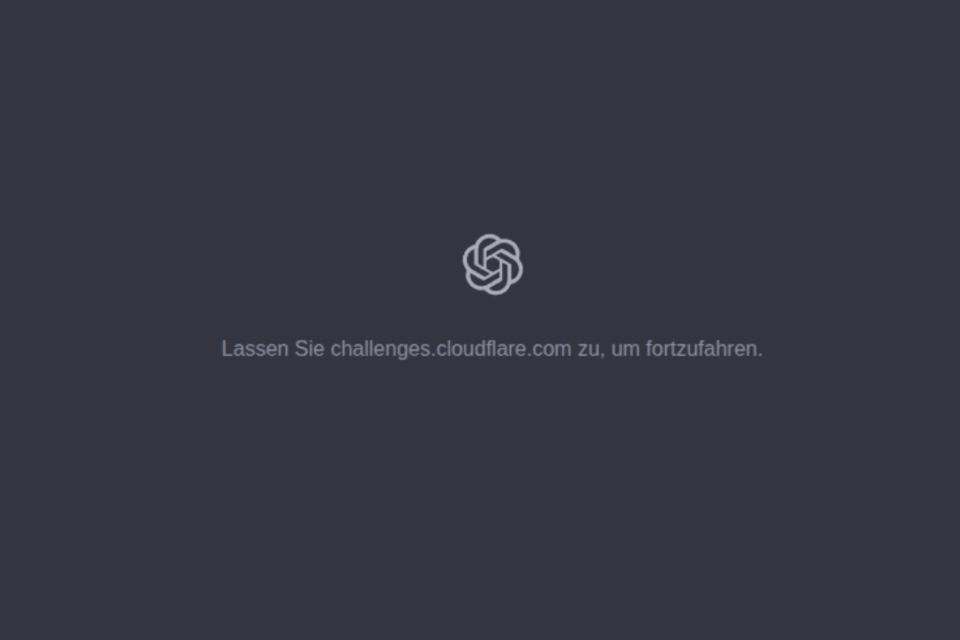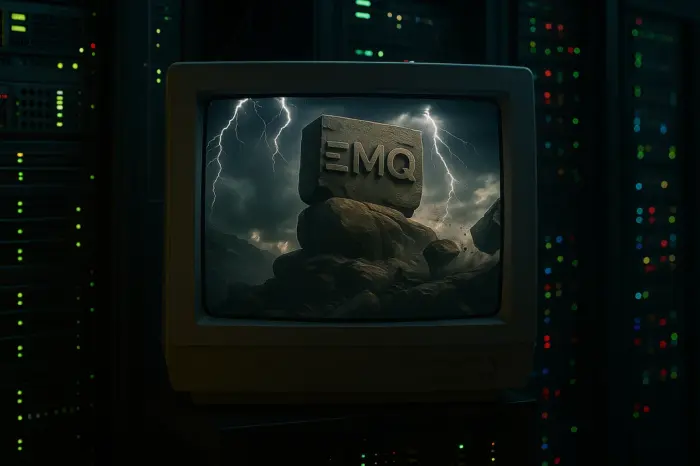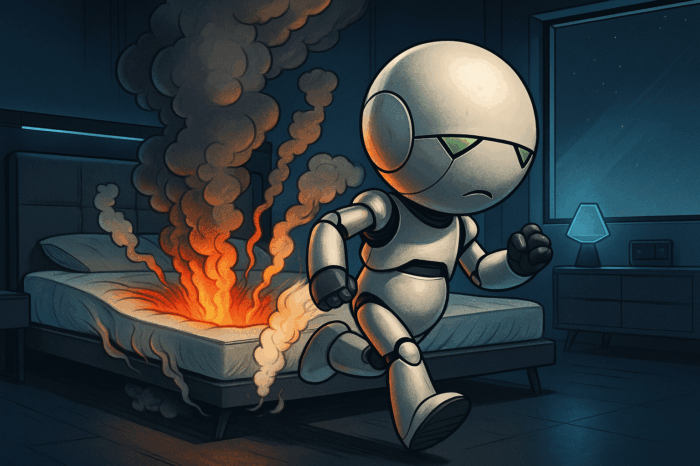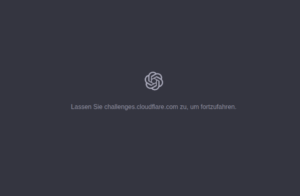Cloudflare Outage: The Day the Internet Came to a Standstill – Once Again

First Amazon Web Services (AWS), now Cloudflare. It has been less than four weeks since an AWS outage crippled large parts of the internet, and now another central provider has been hit: Cloudflare, whose services secure and accelerate a wide range of web applications and platforms, pulled major parts of the web down with it on November 18. Websites such as ChatGPT, PayPal, and IKEA were temporarily unreachable. Once again, in a very short time, it has become clear that the ongoing centralization of the internet increasingly threatens its stability. Yet the original idea was very different.
Cloudflare was founded in 2009 and has since become a central component of internet infrastructure. The company provides services such as Content Delivery Network (CDN), DDoS protection, distributed DNS resolution, and reverse-proxy functions. According to current reports, around one-fifth of all websites use Cloudflare’s services. During the outage on November 18, 2025, the company reported that a “spike in unusual traffic“, as The Guardian noted, triggered the failures. Many services showed “Error 500” messages or connectivity issues.
The significance of Cloudflare lies in the fact that many websites and services are no longer hosted “only” with their original providers but routed through a shared infrastructure operator. If this provider experiences a disruption, numerous services are affected simultaneously.
How the Internet Was Originally Intended
The early internet was designed as a decentralized network—inherently resilient to outages, attacks, or even a nuclear strike. It was built as a “network of networks,” where many nodes are interconnected, without a single central point controlling the entire system. If one part of the network is destroyed, routing adapts, data flows find new paths, and the network remains functional.
Today, however, protocols such as BGP and DNS date back to the 1980s and 1990s. They are increasingly overloaded, insecure, and ill-suited to modern scale and threat landscapes. Thus, the Cloudflare outage was not the first of its kind. More and more services are handled centrally via large clouds or specialized providers. This increases dependency on a few actors—and thus vulnerability. Outages such as Fastly’s in 2021, which processed around 10% of web traffic at the time, were early signs of this growing centralization. What was once envisioned as a highly distributed, resilient network has evolved into one where centralized services act as a kind of “nerve center”—and whose failure triggers a domino effect.

A Single Error, Massive Impact
Because Cloudflare serves so many services, much like the AWS outage on October 20, 2025, a technical issue caused global disruptions affecting everything from ChatGPT to X (formerly Twitter) to numerous news websites. As more services (hosting, security, CDN, DNS) are consolidated on the same platforms, a single point of failure emerges—precisely what the original decentralized architecture was meant to prevent. A ResearchGate study from January 2025 also warned of the fragility caused by Cloudflare & Co. With centralization, infrastructures become strategic targets—hack attacks, configuration errors, or political interventions can have widespread consequences.
It is not that the internet has “failed.” Rather, it has evolved differently than originally envisioned. The Cloudflare outage is a symptom: one provider fails, many services go down. Warnings about the dangers of concentrated infrastructure go back years. Operators must ask themselves: Am I too dependent on a single infrastructure provider? States and regulators must consider how to secure critical internet infrastructure. Are there redundant paths? Users must recognize that an outage at a single infrastructure service can directly affect daily digital life—from shopping to communication. How resilient is today’s internet?
The Cloudflare outage clearly shows: centralization is convenient—but not necessarily secure. The original internet promised high resilience through distribution. Today, a single provider supplies the infrastructure for large parts of the web. This makes modern networks more vulnerable. Technically, politically, and economically.
In the case of Cloudflare, organizations are urged to review their infrastructure immediately and diversify wherever possible:
- Introduce multi-CDN strategies
- Operate fallback DNS providers in parallel
- Diversify content delivery and caching to avoid being blocked by a single CDN or DNS outage
- Use zero-trust security concepts instead of relying on a single security provider
The goal is to cushion potential outages and ensure that critical services remain operational at all times. The recent events should therefore be understood as a warning: anyone aiming for robustness must reconsider their architecture.
These events should serve as a warning: anyone seeking robustness must reconsider the architecture.
Once again.
Summary (tl;dr)
- The current Cloudflare outage affects numerous services and highlights key risks associated with infrastructure providers.
- The internet was originally designed as a decentralized, resilient network—today it is highly centralized.
- Centralization brings efficiency but also vulnerability: one error can have major consequences.
- Regulation, diversification, and decentralized technologies are becoming increasingly important.
- All service operators should critically assess their dependencies.
















